Fun With Data – Chinese Smartphones/4G/5G
A recent blurb from CAIC indicated how certain smartphone characteristics were broken down between 4G and 5G smartphone in 2Q, and while the data is certainly pointed toward presenting China’s 5G model in its best light, we were able to make some comparisons on a global rather than a regional basis to see how different the global metrics were from the CAICT data.
While 5” smartphones are not uncommon globally, looking at the 10 most popular smartphones on a global basis this year, we note that all are above 6.4” and as large as 6.78” (display size), so while China boasts that 76.9% of all smartphones shipped in 2Q were greater than 5” and 100% of all 5G smartphones were greater than 5”, we would have been more interested in 4G/5G smartphones 6” or greater, as the data would indicate more information about current consumer tastes, and when comparing the Chinese data to global data, 23.1% of all Chinese smartphones shipped in 2Q were under 5”, while only 7% of all global smartphones shipped were under 5”. Looking at the global list of most popular smartphones, we were unable to find any smartphone (4G or 5G) under 5” within the top 70 most popular phones.
In the same way the Chinese data indicated that 74.4% of all smartphones shipped in 2Q had a resolution of 720 (HD) or better, while the global data indicated that 92.5% of all smartphones shipped globally were at least 720, although it seems that 5G smartphones in China are almost all (97.8%) 720p or greater while only 46.8% were 720 or greater on a global basis. It is hard to reconcile that such a small number of global 5G smartphones would have 720 or greater resolution we are more suspect of the global data than the Chinese data in this case, as we expect few 5G smartphones would add much value to consumers at resolutions lower than 720.
Cameras are still a big deal to many smartphone buyers, although we wonder how many can actually tell the difference between an image taken with a 25MP camera and one taken on a 50MP camera, but according to the CAICT data all 5G smartphones shipped in China in 2Q had at least a 50MP main cameras, while on a global basis the data shows that only 42.6% of main smartphone cameras were at least 50MP. Further, the CAICT data showed also that 100% of all 5G smartphones with selfie cameras had at least a 13MP selfie camera, while the global data showed that only 37.4% of 5G smartphones met the same criteria. In this case we can see the possibility of inexpensive 5G smartphones that are more oriented toward high-speed data and voice than the necessity to take high quality photos, but again it remains hard to reconcile much of the Chinese and global data, but anyone who works with data, particularly big data, can tell you that how you present the data has as much to do with how it is perceived than the data itself, sort of the glass half full/half empty debate…


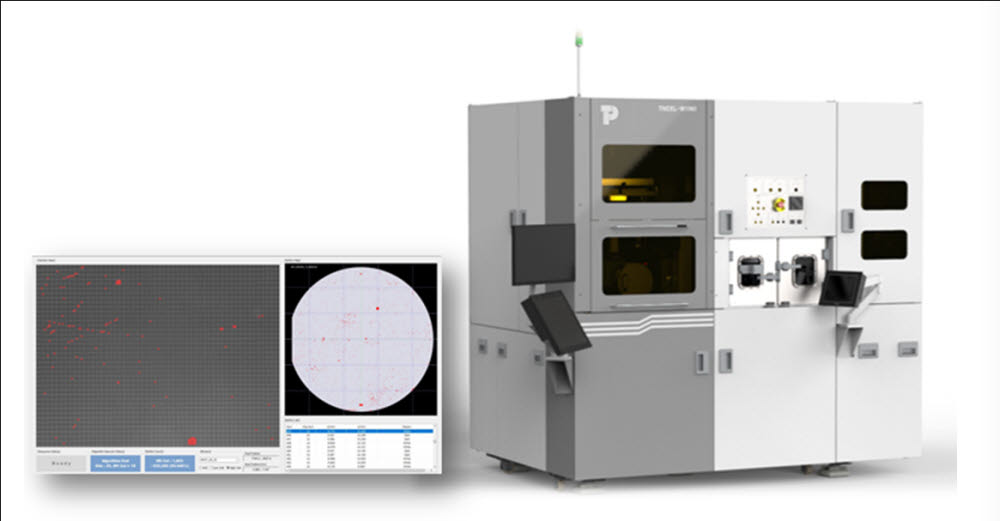
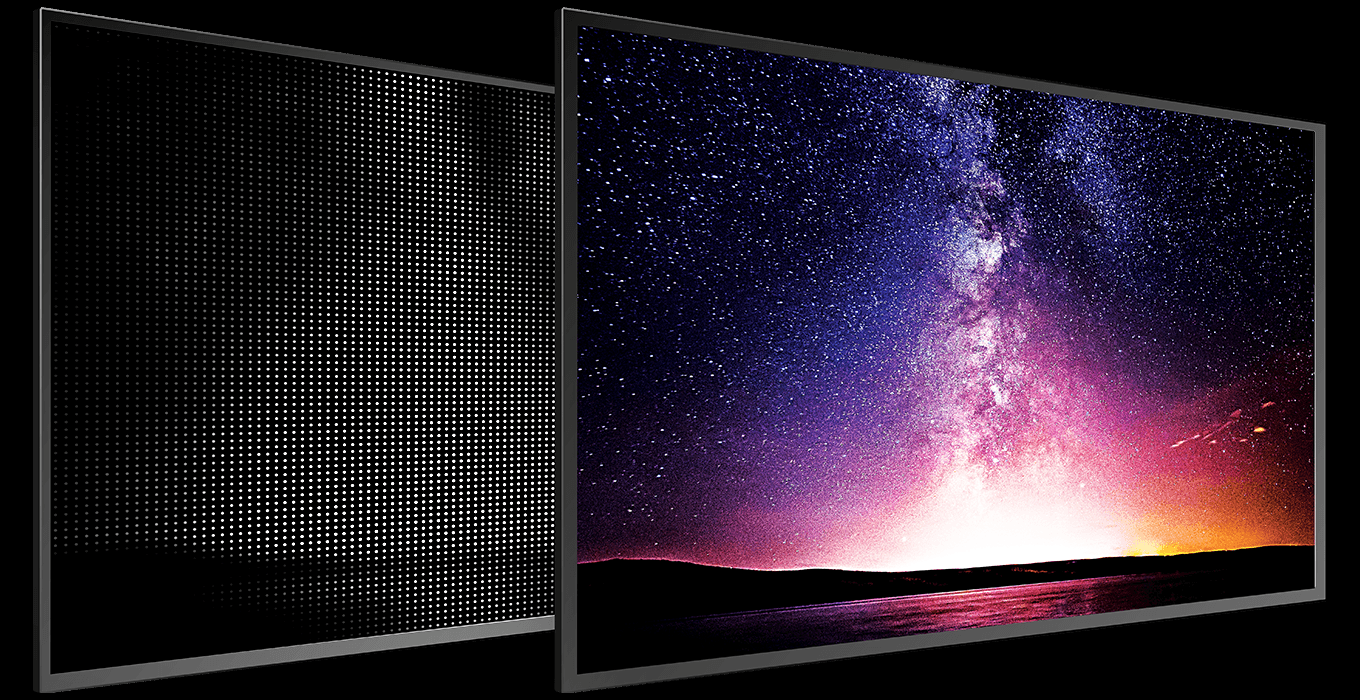

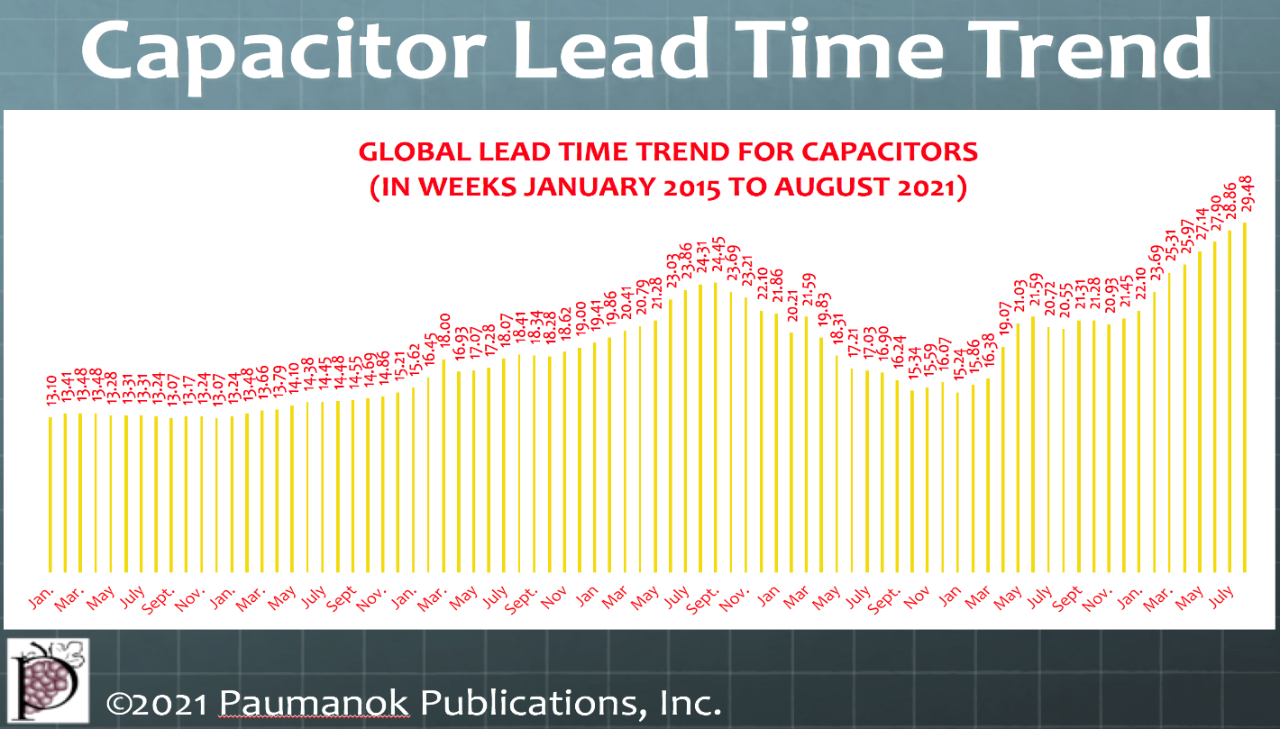
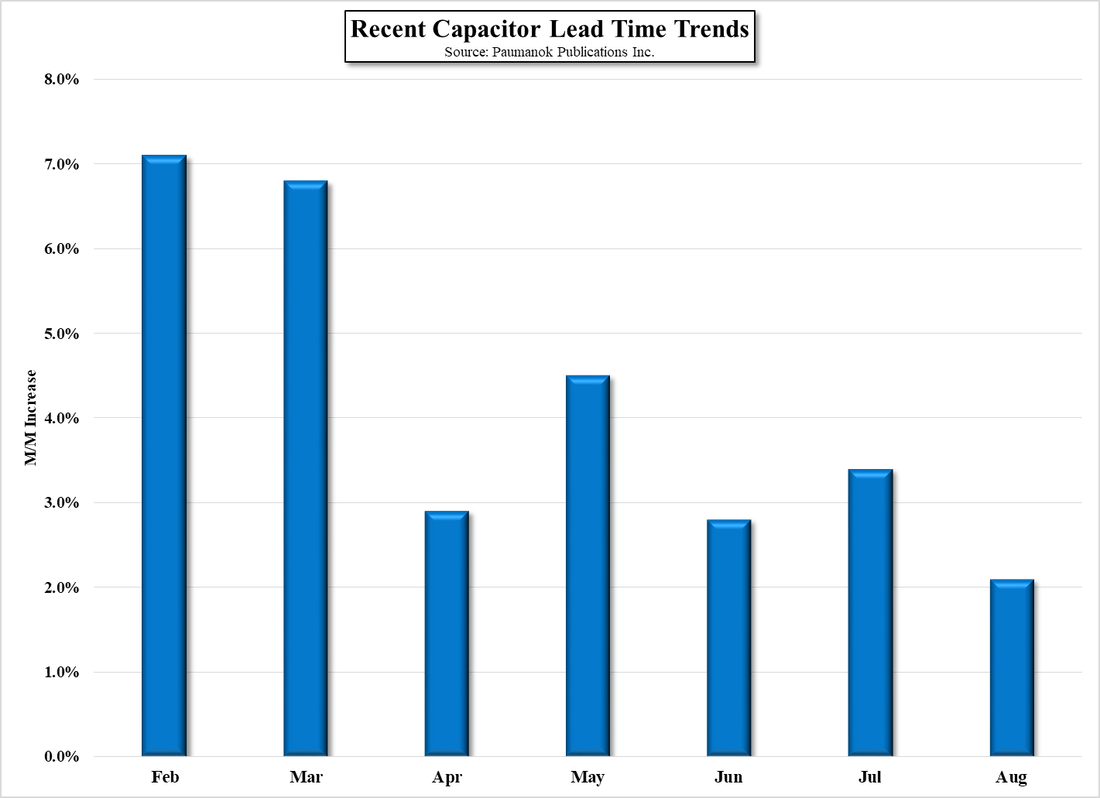

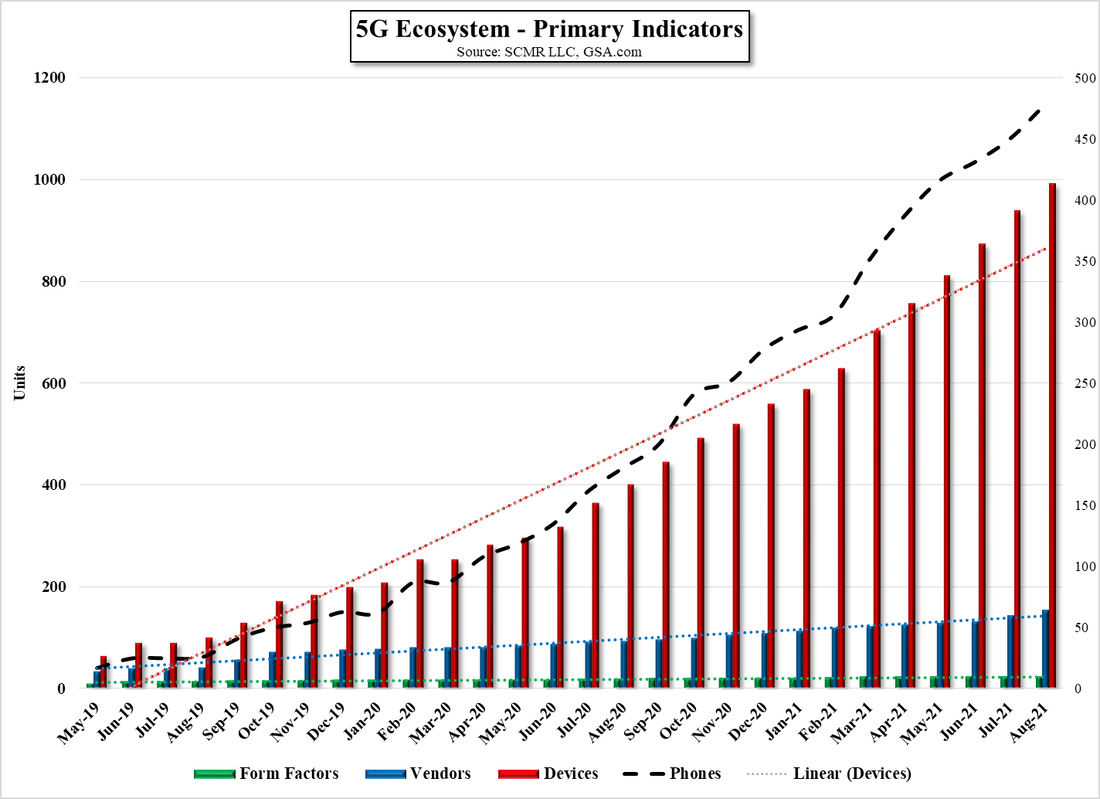
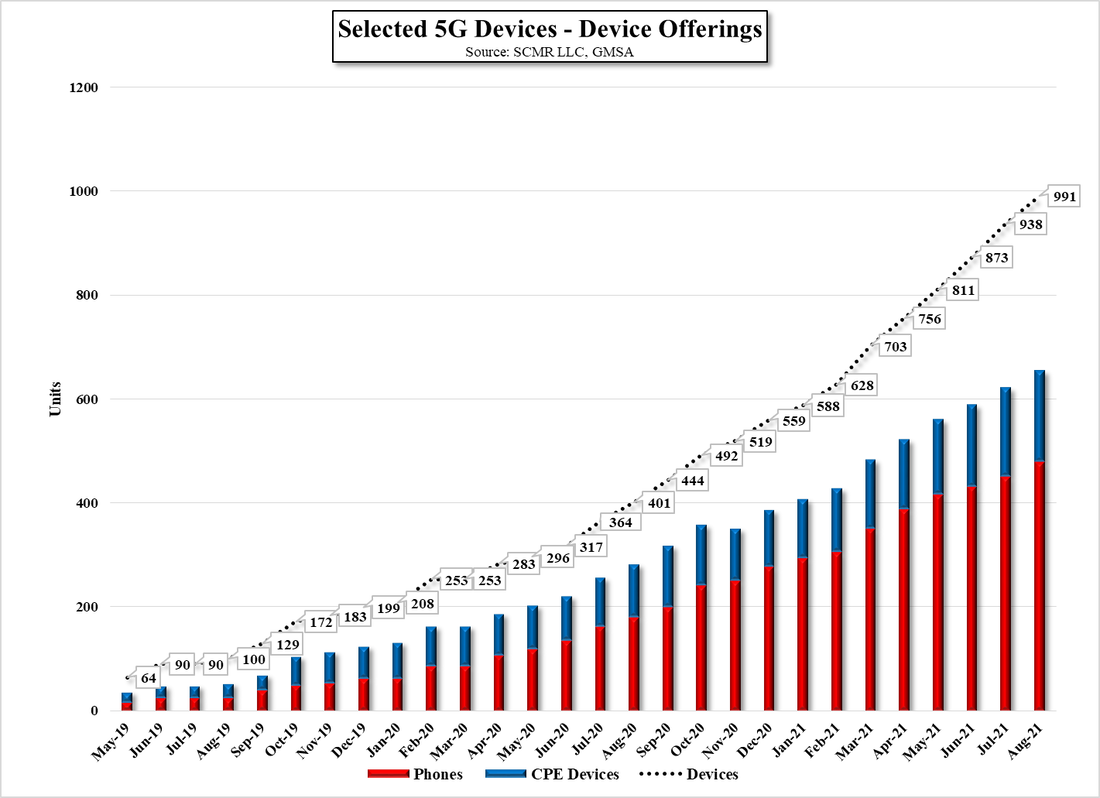
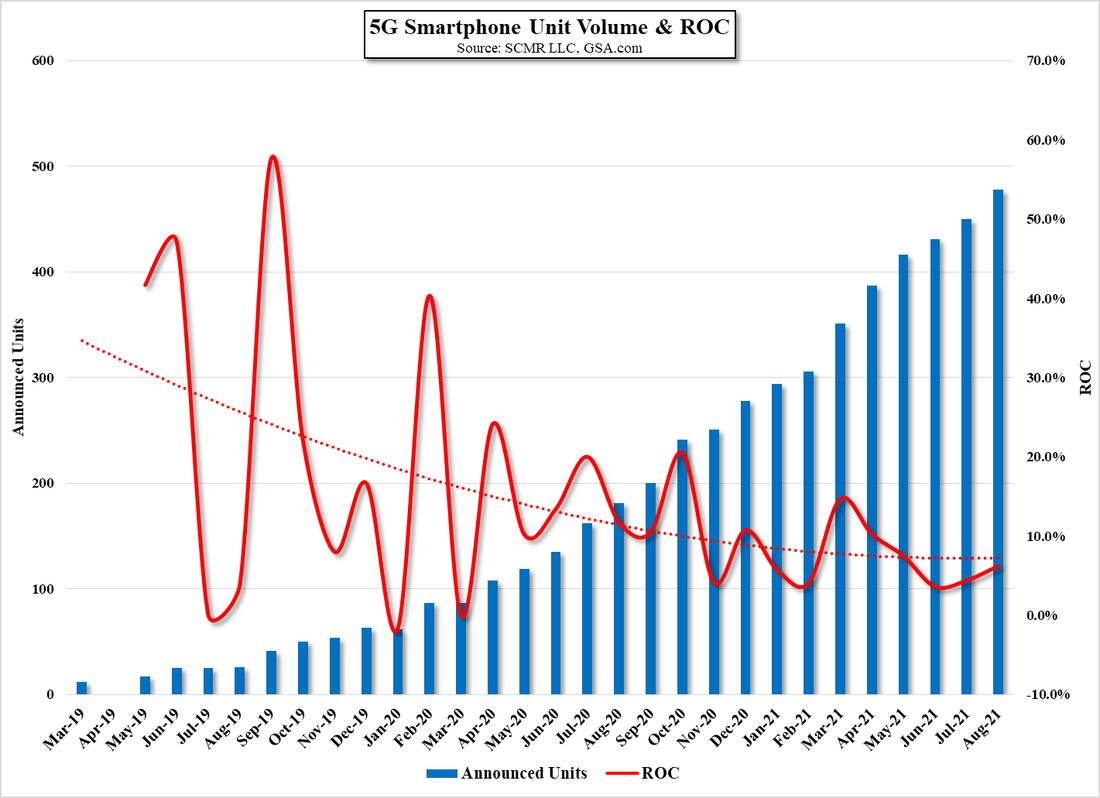





 RSS Feed
RSS Feed